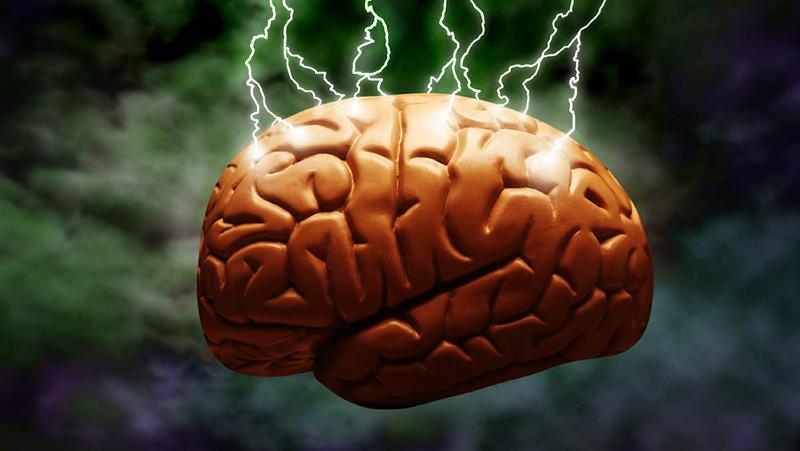
Motion recognition technology is being used to help neurologists in the study of patients’ behaviour during seizures, to provide clues on the sub-type of epilepsy the patient has and identify unusual seizure movements that require further investigation.
QUT PhD researcher David Ahmedt, from the Science and Engineering Faculty, said 30 per cent of people with epilepsy did not respond to medication and surgery provides a chance at acquiring seizure freedom.
“Analysis of movements during seizures, provides clues as to where the focus of the epilepsy may be, which in turn allows for a successful surgery,” Mr Ahmedt said.
He said diagnosis and localisation of the brain networks affected by epilepsy involved:
- a clinical history
- neuro-imaging using MRI, CT scans and functional MRI;
- a non-invasive scalp EEG where electrodes are applied to the patient’s scalp to record the brain electrical activity while the patient is videoed over 24 hours
- intracranial recording methods employing electrodes placed surgically.
“There are multiple types of epilepsy which all have different symptomatology. Many forms of epilepsy have characteristic movements during a seizure, allowing an understanding of underlying networks,” Mr Ahmedt said.
“Epileptologists often spend a lot of time analysing videos and EEGs to unravel the underlying epileptic network.
“Years of training and experience is required and having objective quantitative information would assist in developing and formulating a diagnosis in situations where this expertise is unavailable.
“As surgery on the brain is highly complex, doctors must be able to accurately pinpoint the epileptogenic region prior to operating.”
Mr Ahmedt used QUT-developed artificial intelligence and video analytics technology to analyse hospital-monitoring videos of 39 patients and 161 seizures, in conjunction with the Mater Advanced Epilepsy Unit, Queensland’s only tertiary referral public epilepsy surgery centre.
The aim was to address the problem of modelling the patient’s behaviour with objective and quantitative motion analysis.
“We expanded our research to identify aberrant or unusual movements that did not fit the typical features associated with the most common forms of epilepsy - mesial temporal and extratemporal lobe epilepsy,” Mr Ahmedt said.
“We have trained the program to recognise the most common types of movements and when it finds an activity that doesn’t fit the known categories, it alerts doctors to these unusual seizures which may require additional assessment.”

Mr Ahmedt said that the next stage of the research is to explore methodologies that could jointly learn across visually observed motions and brain electrical activity to provide precise localization of epilepsy.
Professor Clinton Fookes, the project’s supervisor from QUT’s Vision & Signal Processing Discipline, said it was an exciting time to see advanced computer vision and machine learning algorithms being used to support clinical assessments of patients.
“These techniques can be used to support neurologists to identify both the type of epilepsy, as well as better understand the temporal evolution of seizures, from their onset through to termination,” Professor Fookes said.
“The technology could also be potentially useful in the evaluation of broader neurological diseases that experience movement disorders such as stroke and dementia”, Prof Fookes said.
Mater Advanced Epilepsy Unit head Dr Sasha Dionisio said the research was far from being able to replace the expertise of clinical practice, but rather to take on a complex area of movement analysis to assist with seizure localization.
“One example is in the case of an MRI abnormality and epilepsy. Sometimes the lesion may be secondary to a distant site and understanding the wider epileptic network through careful analysis of “semiology” (movements and behaviours during seizures) is paramount to a successful surgical outcome,” Dr Dionisio said.
“This technology is unique and provides important supplementary and unbiased data to defining the underlying epileptic network. It is a vital complementary resource in the era of seizure-based detection through electrophysiological data.
“Mr Ahmedt has worked closely with specialists in the field of seizure semiology and Stereo-EEG to provide an alternate resource that provides a basis for ongoing significant breakthroughs in the field of epilepsy.”
Other QUT researchers involved in the project also include Dr Kien Nguyen Thanh, Dr Simon Denman, and Professor Sridha Sridharan.
QUT Media contact:
Niki Widdowson, 07 3138 2999 or n.widdowson@qut.edu.au
After hours, Rose Trapnell, 0407 585 901 or media@qut.edu.au.


